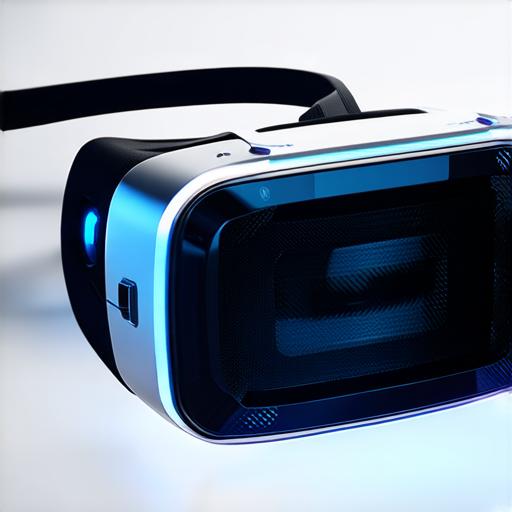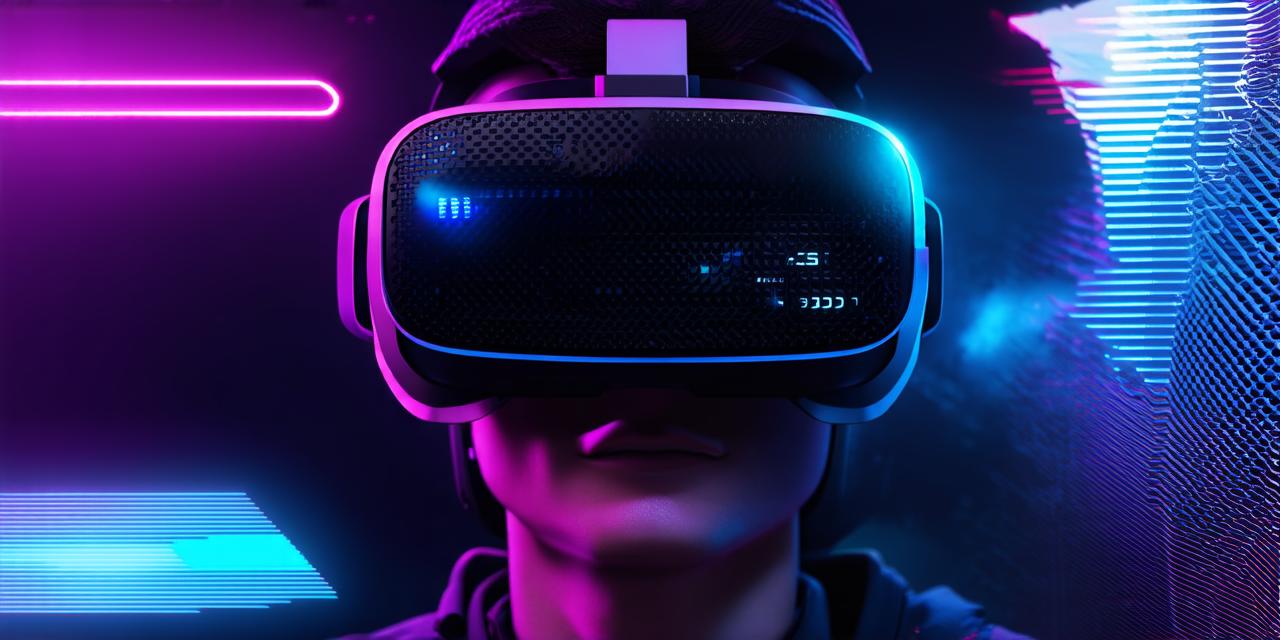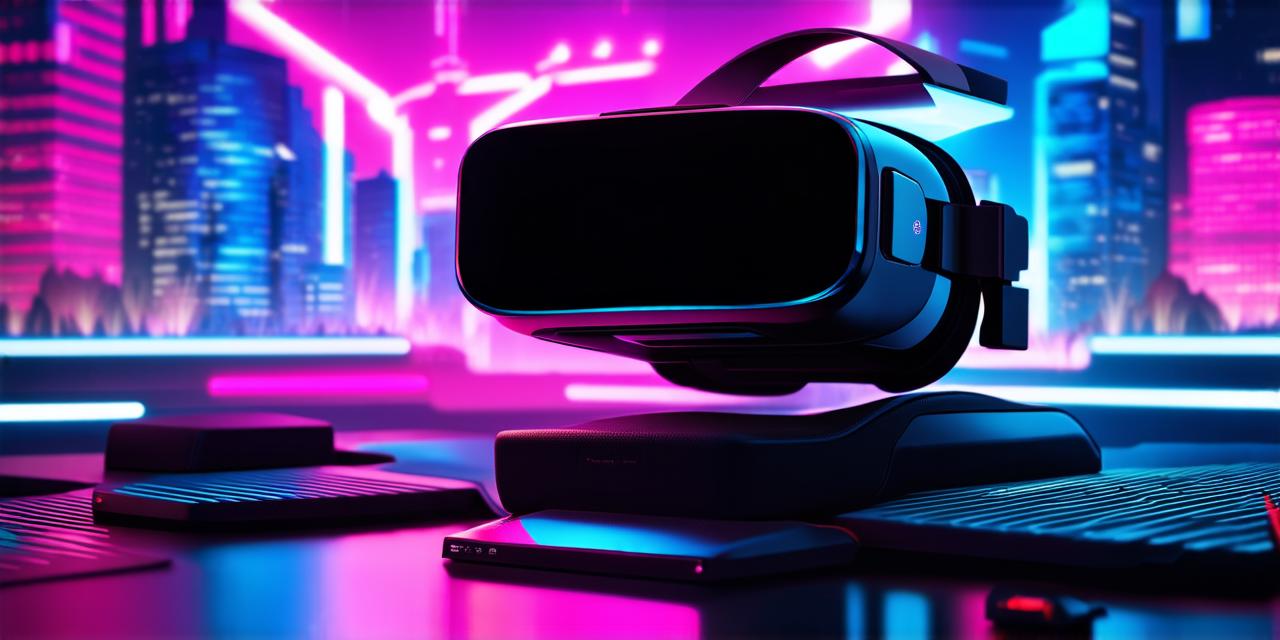1. The Rising Costs of VR Hardware
One of the most significant factors affecting the cost of VR games is the ever-increasing price of VR hardware. From high-end gaming PCs with powerful GPUs to dedicated VR devices like the Oculus Quest 2, these systems can be expensive and may require significant upgrades to run smoothly.
For AR developers, this means investing in powerful computers and graphics cards that can handle the demands of creating and running VR games. This hardware cost is passed on to players, making it more difficult for them to afford VR gaming experiences.
2. Development Time and Costs
Developing a VR game can be a lengthy and complex process that requires specialized skills and expertise. From designing the immersive environment to creating interactive elements and ensuring smooth performance, developing a VR game is no easy feat.
As an AR developer, you’ll need to invest in a team of skilled developers, designers, and engineers who can bring your vision to life. This requires time and resources that ultimately translate into higher costs for the end product.
3. Marketing and Promotion
Marketing and promoting VR games is critical to their success. As an AR developer, you’ll need to develop a strong marketing strategy to attract players and generate interest in your game.
However, these tactics require significant investment, including time, money, and expertise. The cost of marketing VR games can be substantial and may impact the overall profitability of your project.
4. Licensing and Royalties
Licensing and royalties are also important factors to consider when creating VR games. Many successful VR games rely on popular intellectual property (IP) from movies, TV shows, and other media franchises.
However, securing the rights to these IPs can be expensive and require significant negotiation. Additionally, any licensing fees or royalties you receive will need to be factored into your development costs and pricing strategy to ensure profitability.

5. Platform and Store Fees
Finally, platform and store fees are an essential factor in the cost of VR games. To reach a wider audience, you’ll need to distribute your game through popular VR platforms like Steam, Oculus, or PlayStation VR. These platforms charge fees for hosting and promoting your game, which can add up quickly.
Additionally, some platforms may require exclusive distribution deals or take a larger cut of sales as a fee for their services. As an AR developer, you’ll need to carefully consider these fees when deciding where to distribute your game to ensure maximum profitability.
The Cost of VR Games: Real-Life Examples and Case Studies
Now that we’ve explored the various factors that influence the cost of VR games let’s take a look at some real-life examples and case studies to help illustrate these points.
1. Beat Saber: A Successful Example of Cost Management
Beat Saber is a wildly popular VR rhythm game that has been praised for its innovative gameplay and immersive experience. Despite the high development costs involved in creating this game, it has been incredibly successful and profitable for its creators.
This success can be attributed to a number of factors, including effective marketing and promotion, strategic distribution through popular platforms like Steam and Oculus, and careful cost management throughout the development process.
2. Half-Life: A Lesson in the Costs of High-Quality Graphics
Half-Life is one of the most iconic VR games ever created, and its developers were known for their commitment to delivering a truly immersive experience.
The game’s high-quality graphics required significant computing power, making it inaccessible to many players at the time. Additionally, the development process was lengthy and complex, requiring a team of skilled developers and designers to bring their vision to life.
In the end, Half-Life was a commercial success, but its high development costs and limited accessibility may have contributed to its eventual decline in popularity.
3. Job Simulator: A Cost-Effective Approach to VR Game Development
Job Simulator is an excellent example of cost-effective VR game development. Created by Ubisoft’s VR Lab, the game was designed with low-cost hardware in mind and can be played on a wide range of VR devices, including the Oculus Quest 2.
Additionally, Job Simulator’s development process was streamlined and efficient, allowing Ubisoft to create a high-quality experience without breaking the bank. This approach has helped to make VR gaming more accessible and affordable for players, while also allowing developers to create cost-effective games that still deliver a great user experience.
Summary: The Cost of VR Games: A Balancing Act
In conclusion, the cost of VR games is a complex issue that requires careful consideration by AR developers. From hardware costs to development time, marketing, licensing, and platform fees, there are many factors that can impact the profitability of your project.
To succeed in this space, you’ll need to strike a balance between delivering a high-quality experience and keeping costs down. This may require investing in specialized skills and expertise, exploring new distribution channels, and carefully managing your development budget.
Ultimately, by understanding the various factors that influence the cost of VR games and making informed decisions about your project, you can create successful and profitable experiences for players while also maximizing your return on investment.
FAQs
Here are some frequently asked questions (FAQs) related to the cost of VR games. These FAQs will help you understand the factors that impact the cost of VR game development and provide tips on how to reduce costs while still creating a high-quality experience.




